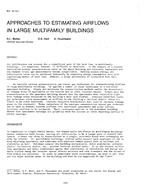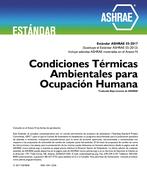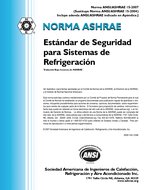Description
Air infiltration can account for a significant part of the heat loss in multifamily buildings. Its magnitude, however, is difficult to determine. In the absence of a central ventilation system, pressurization tests of the whole building are virtually impossible and one-chamber tracer gas measurements become inapplicable. Heating-season-average air infiltration rates can be estimated indirectly by comparing energy consumption data with
engineering models of heat loss. However, a large uncertainty is associated with this estimate.
We describe various pressurization and tracer gas techniques for characterizing airflows in large multifamily buildings. We applied a number of these techniques to a six-story apartment building. Single and multizone fan pressurization methods enable the measurement of leakage areas of apartments to the outside and to other interior spaces. Single-zone fan pressurization at the apartment building showed that the apartments were relatively tight, with leakage areas dominated by the building’s many open windows. Constant-injection tracer gas techniques allow measurement of airflows in the building’s vertical shafts, which are likely to be stack dominated. Constant-injection measurements were used to estimate leakage areas in the stairwell. Three variations of the constant-concentration tracer gas technique can be used to measure outside airflows into individual apartments and allow certain interzone airflows to be estimated. These techniques applied to the apartment building showed that apartments exchange air primarily with the outside at rates depending heavily on window openings.
Units: Dual
Citation: Symposium, ASHRAE Transactions, 1987, vol. 93, pt. 1, New York, NY
Product Details
- Published:
- 1987
- Number of Pages:
- 24
- File Size:
- 1 file , 1.9 MB
- Product Code(s):
- D-NY-87-14-1




